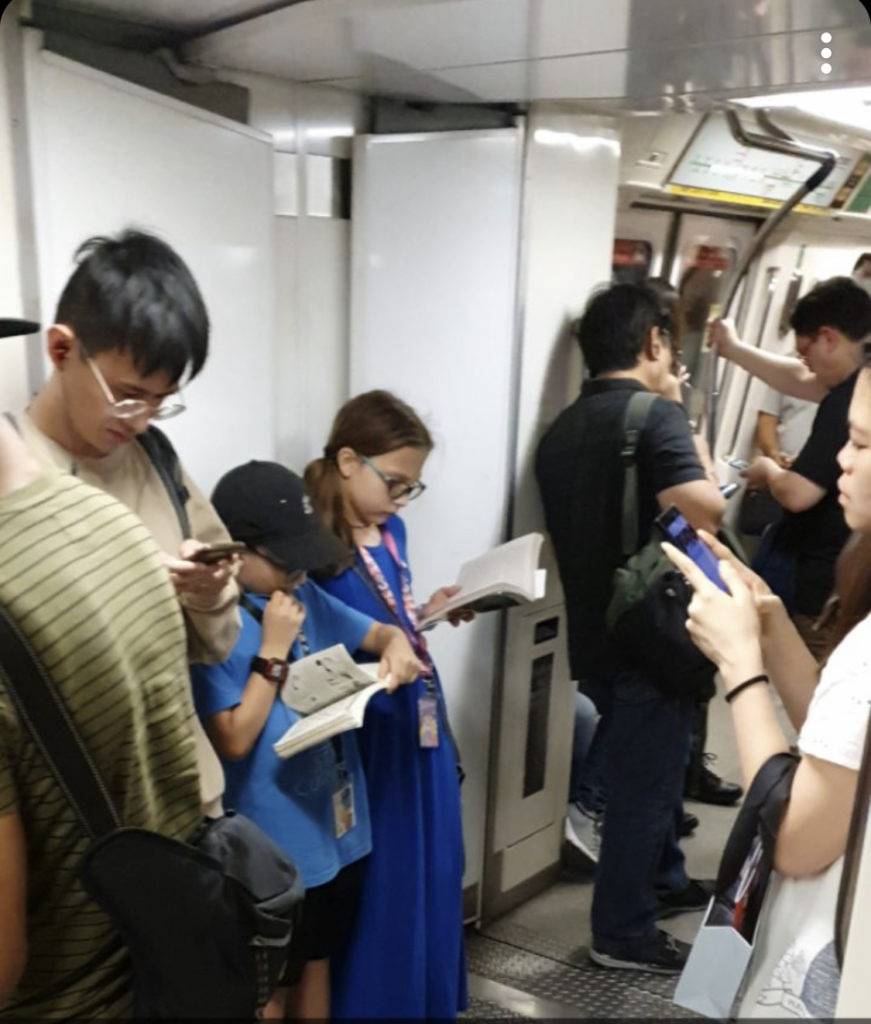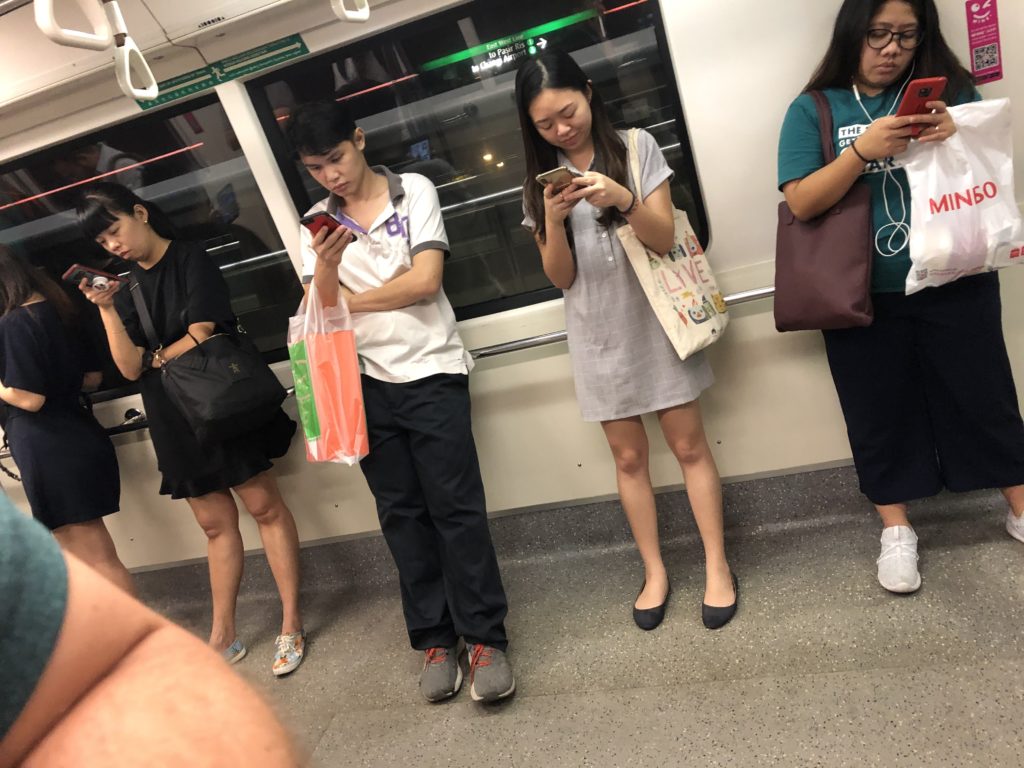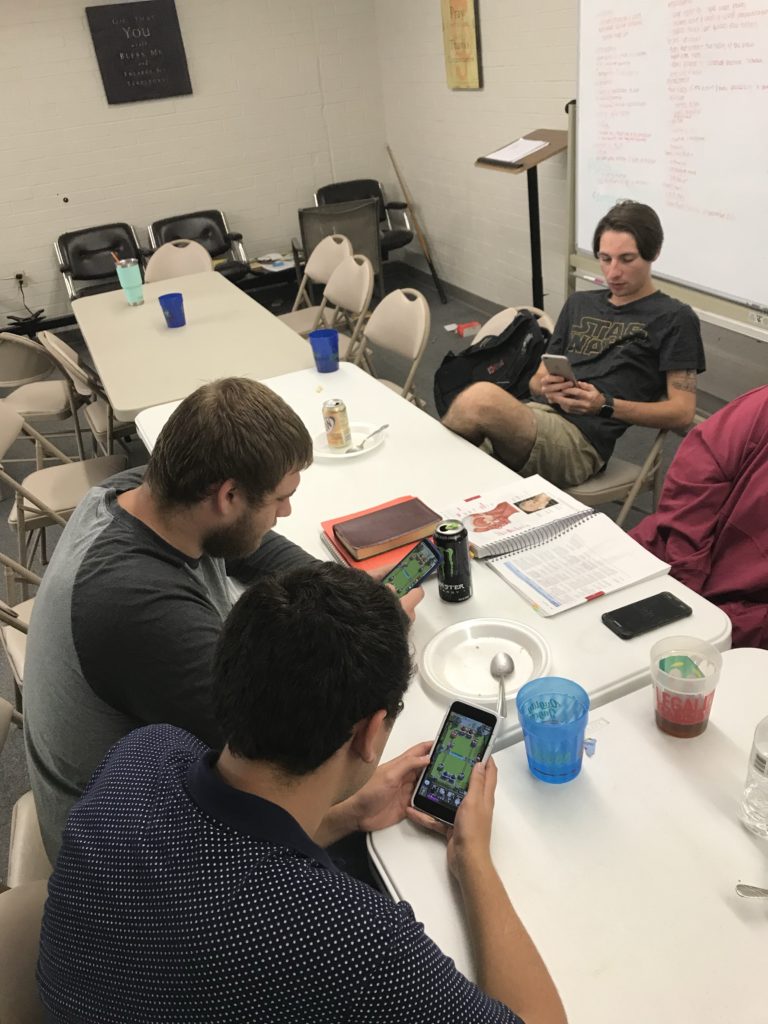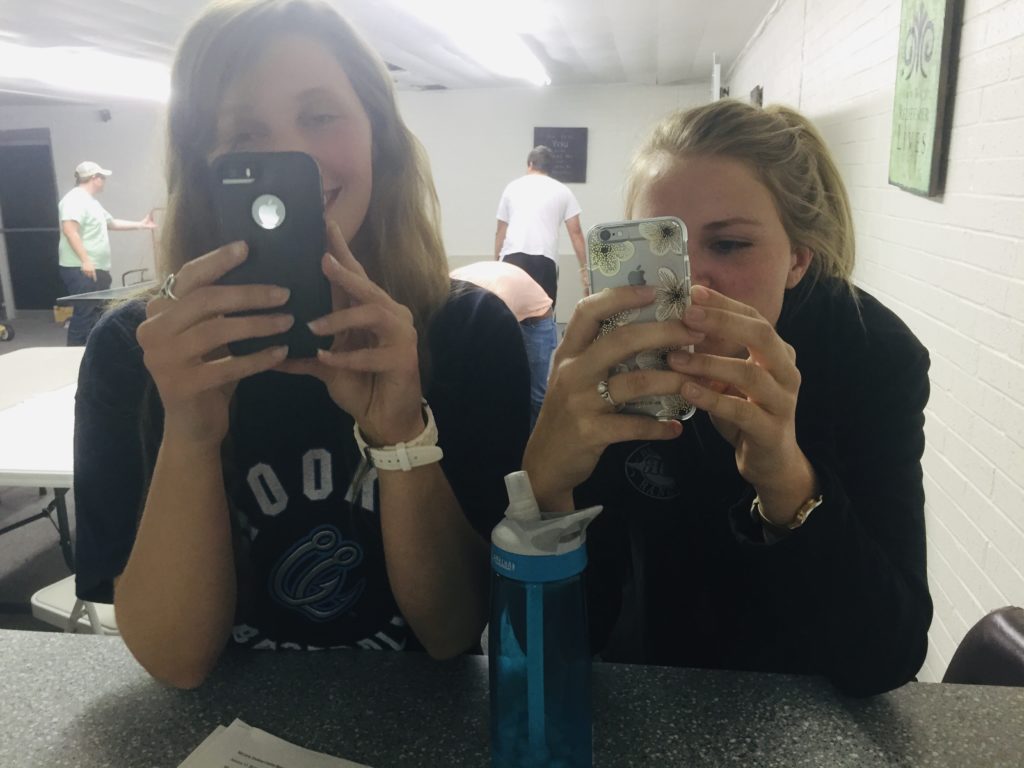One of the most interesting things about traveling and now living outside the U.S. is how each country and culture go about cell phone usage. A few weeks ago was a big week for us, a week that the locals here in Singapore were patiently waiting for, when we finally returned our borrow phone and got our very own Singapore phones and numbers.
Lisa and I both got our first cell phones the Saturday before we started our freshman year of college in San Angelo. We both got AT&T because they had coverage between San Angelo and Breckenridge (expect for around Bronte). This was in a time when bag phones were going out, but cell phones were for calls only. Some of you remember. So, with nearly two decades of experience, we have a pretty good idea of how cell phones, plans, payment, apps, etc, all work in the U.S. It is standard with carrier plans that you have unlimited free calls, texts, and a limited amount of data. You use this phone as is for everything. Even if you travel outside the U.S., you can usually make provisions through your carrier to just use that phone overseas.
But, when you travel outside the U.S., things are quite different. In Jamaica many locals have multiple cell phones for different carriers or advantages (like international calling). Or, some who do not have multiple cell phones have have multiple chips (SIM cards) to do the same thing. You can find SIM cards nearly everywhere in Jamaica, and you can top up anytime and (nearly) anywhere. There is no carrier loyalty, and only very few, if any contracts. In South America, we were loaned one phone and purchased a cheap, temporary phone for using while there. In order for those phones to be activated, all you needed was a SIM card from the local tienda. In these places calls and texts can be expensive but data can be had for very cheap. It may be easier to use Facebook than to send text message direct.
Singapore seems to be a mix between the two with SIM cards and unlocked phones (yes, even iPhones are unlocked!) everywhere but also with carriers who offer plans, packages, deals, discounts, and two-year contracts. We are still learning about these details and could not speak with any authority on the ins and outs of cell phones here. Thankfully, we have been assisted by many local brethren who gave us knowledge, insight, suggestions, and even a sim card with unlimited data for a year!
Here are some observations about cell phones in Singapore:
- Data is cheaper than calls and texts.
- Wifi is nearly everywhere. Free Wifi.
- You must have WhatsApp. Just like traveling in Cambodia or Paraguay or Jamaica or Mexico, What’sApp is the go-to for messaging. Don’t text me. WhatsApp me. Don’t just call me; use WhatsApp to call me.
- WhatsApp groups are vital to civic, academic, social, and church communication.
- Amazon is not the go to shopping app (Lazada is).
________
With all of these interesting things that we are learning about international cell phone usage, things about plans and packages and contracts that would make the most caffeinated reader doze, there is something else that I have observed here in Singapore:
Singaporeans are glued to their phones. On the street, in the MRT (train system), in shops, in the hawker centers, and everywhere in between. Sound familiar to those who live in the US?

Most places I have traveled outside the U.S. like in the Caribbean, South America, and Asia still have millennials glued to their cell phones. Interestingly, millennials are those who were born in the 1980s or early 1990s. Though labeled much broader, millennials are really those older college students and young professionals who are beginning to raise their families. It is these young professionals who I will regularly see on the MRT here in Singapore engaging in FPSs, FarmVille (or something that looks like it), Clash of the somethings, and much much more – engrossed in a virtual reality after 8 or 10 or 12 hours at work.
Millennials aren’t the only ones glued to their cell phones all over the world. Older generations also have taken to the convenience and crutch of this technology. Facebook is the place for parents and grandparents. Solitaire is a great timekiller that can be played right there on that fancy cordless pocket phone.
Younger people, those often mistakenly called millennial may be the worst of all. While they can function crossing the street while texting better than our grandmothers, they often live their lives on their phones. Their relationships are primarily through electronic communication. They have identity in the games they play. They can even struggle to get through a worship service/family meal/normal conversation without engaging their screen.
This is the “cell phone culture” that we now live in, universally. Most of us see the constant screen time as a change in the way things used to be done. Much of this “cell phone culture” is lamented. Did you know that since “cell phone culture” is experienced universally, it also seems that it is lamented universally? Distracted walkers everywhere are texting, scrolling, and gaming. Commuters everywhere are engrossed in their screen as two hundred people fill their train cars. Children are “plugged-in” to whatever is on the S10 or i11 or A50 or A3 or 2i or V2.2 (made that one up). Asia, South America, the Caribbean, big cities in the US, college campuses, are all very similar in many ways. Even the Russians don’t want their citizens to text and drive.

This blog post is not a lament. It is not a proposed resolution. Rather, this post is an observation that, in a world is separated by time zones, geographical distance, culture, history, language, and more, we are all so very similar. Technology, though different countries and cultures may use it differently, is one of those things that seems to be going in the same direction no mater where on this earth you are.
If you only have our U.S. cell phone numbers, you will still be able to contact us on those (call or text) for the foreseeable future. Just please remember the time zone difference.
-Trent

